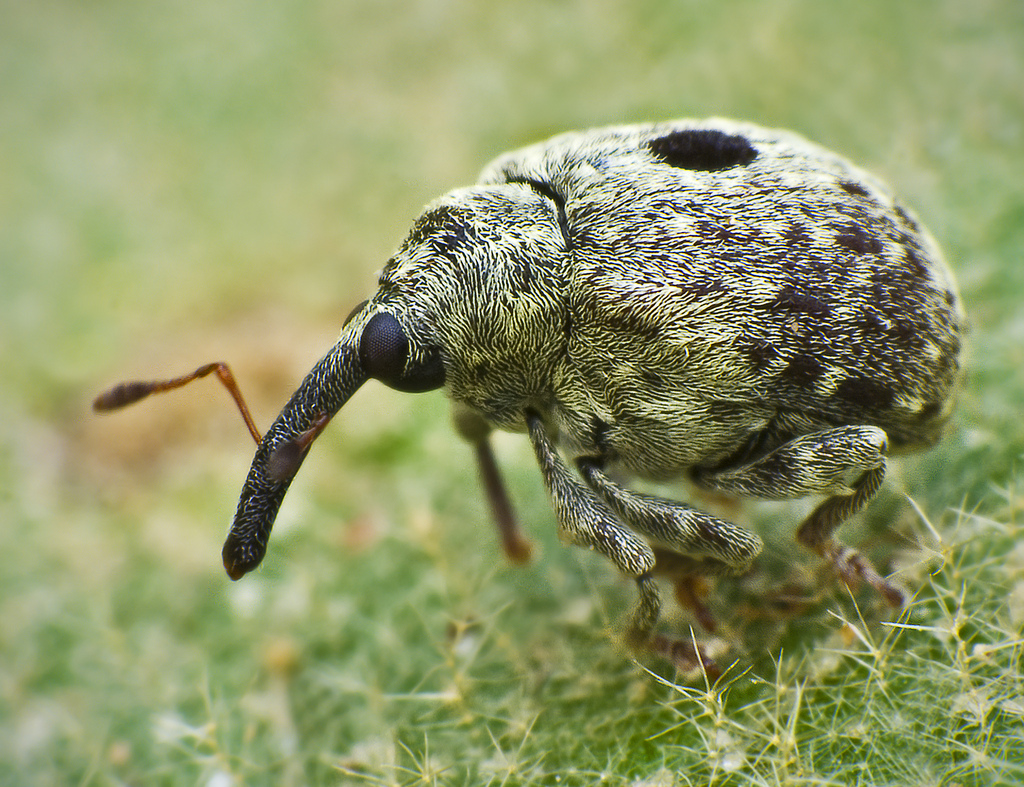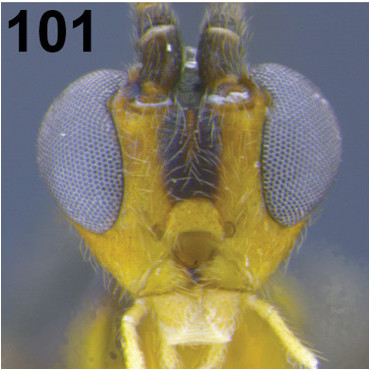|
Smicronyx Fulvus
''Smicronyx fulvus'', commonly known as the red sunflower seed weevil, is a weevil in the family Curculionidae. Description Adult beetles are 2.5–3 mm in length. They are long and reddish-brown in color. Distribution The species is found in the United States and Canada. Ecology The larvae feed on ''Helianthus'' species and are sometimes parasitised by the Braconidae, braconid wasp ''Nealiolus curculionis''. References Curculioninae Beetles of North America Beetles described in 1876 Taxa named by John Lawrence LeConte {{Curculioninae-stub ... [...More Info...] [...Related Items...] OR: [Wikipedia] [Google] [Baidu] |
John Lawrence LeConte
John Lawrence LeConte (May 13, 1825 – November 15, 1883) was an American entomologist of the 19th century, responsible for naming and describing approximately half of the insect taxa known in the United States during his lifetime,Bird Name Biographies - URL retrieved September 14, 2006 including some 5,000 of beetles. He was recognized as the foremost authority on North American s during his lifetime, and has been described as "the father of American beetle study".Evans, Arthur V., and James N. Hogue. 2004. Chapter 1: A Brief History of Beetle Study in California. ... [...More Info...] [...Related Items...] OR: [Wikipedia] [Google] [Baidu] |
Weevil
Weevils are beetles belonging to the superfamily Curculionoidea, known for their elongated snouts. They are usually small, less than in length, and herbivorous. Approximately 97,000 species of weevils are known. They belong to several families, with most of them in the family Curculionidae (the true weevils). It also includes bark beetles, which while morphologically dissimilar to other weevils in lacking the distinctive snout, is a subfamily of Curculionidae. Some other beetles, although not closely related, bear the name "weevil", such as the biscuit weevil (''Stegobium paniceum''), which belongs to the family Ptinidae. Many weevils are considered pests because of their ability to damage and kill crops. The grain or wheat weevil (''Sitophilus granarius'') damages stored grain, as does the maize weevil (''Sitophilus zeamais'') among others. The boll weevil (''Anthonomus grandis'') attacks cotton crops; it lays its eggs inside cotton bolls and the larvae eat their way ou ... [...More Info...] [...Related Items...] OR: [Wikipedia] [Google] [Baidu] |
Curculionidae
The Curculionidae are a family of weevils, commonly called snout beetles or true weevils. They are one of the largest animal families, with 6,800 genera and 83,000 species described worldwide. They are the sister group to the family Brentidae. They include the bark beetles as the subfamily Scolytinae, which are modified in shape in accordance with their wood-boring lifestyle. They do not much resemble other weevils, so they were traditionally considered a distinct family, Scolytidae. The family also includes the ambrosia beetles, of which the present-day subfamily Platypodinae was formerly considered the distinct family Platypodidae. Description Adult Curculionidae can be recognised by the well-developed, downwards-curved snout (Rostrum (anatomy), rostrum) possessed by many species, though the rostrum is sometimes short (e.g. Entiminae). They have elbowed Antenna (biology), antennae that end in clubs, and the first antennal segment often fits into a groove in the side of the ros ... [...More Info...] [...Related Items...] OR: [Wikipedia] [Google] [Baidu] |
Adult
An adult is a human or other animal that has reached full growth. In human context, the term ''adult'' has meanings associated with social and legal concepts. In contrast to a "minor", a legal adult is a person who has attained the age of majority and is therefore regarded as independent, self-sufficient, and responsible. They may also be regarded as a "major". The typical age of attaining legal adulthood is 18, although definition may vary by legal rights, country, and psychological development. Human adulthood encompasses psychological adult development. Definitions of adulthood are often inconsistent and contradictory; a person may be biologically an adult, and have adult behavior, but still be treated as a child if they are under the legal age of majority. Conversely, one may legally be an adult but possess none of the maturity and responsibility that may define an adult character. In different cultures there are events that relate passing from being a child to bec ... [...More Info...] [...Related Items...] OR: [Wikipedia] [Google] [Baidu] |
Helianthus
''Helianthus'' () is a genus comprising about 70 species of annual and perennial flowering plants in the daisy family Asteraceae commonly known as sunflowers. Except for three South American species, the species of ''Helianthus'' are native to North America and Central America. The best-known species is the common sunflower (''Helianthus annuus''), whose round flower heads in combination with the ligules look like the Sun. This and other species, notably Jerusalem artichoke (''H. tuberosus''), are cultivated in temperate regions and some tropical regions, as food crops for humans, cattle, and poultry, and as ornamental plants. The species ''H. annuus'' typically grows during the summer and into early fall, with the peak growth season being mid-summer. Several perennial ''Helianthus'' species are grown in gardens, but have a tendency to spread rapidly and can become aggressive. On the other hand, the whorled sunflower, ''Helianthus verticillatus'', was listed as an endangere ... [...More Info...] [...Related Items...] OR: [Wikipedia] [Google] [Baidu] |
Braconidae
The Braconidae are a family of parasitoid wasps. After the closely related Ichneumonidae, braconids make up the second-largest family in the order Hymenoptera, with about 17,000 recognized species and many thousands more undescribed. One analysis estimated a total between 30,000 and 50,000, and another provided a narrower estimate between 42,000 and 43,000 species. Classification The Braconidae are currently divided into about 47 subfamilies and over 1000 genera, which include '' Aerophilus'', '' Aleiodes'', '' Apanteles'', '' Asobara'', '' Bracon'', '' Cenocoelius'', '' Chaenusa'', '' Chorebus'', ''Cotesia'', '' Dacnusa'', ''Diachasma'', ''Microgaster'', '' Opius'', '' Parapanteles'', '' Phaenocarpa'', '' Spathius'', and '' Syntretus.'' These fall into two major groups, informally called the cyclostomes and noncyclostomes. In cyclostome braconids, the labrum and the lower part of the clypeus are concave with respect to the upper clypeus and the dorsal margin of the mandi ... [...More Info...] [...Related Items...] OR: [Wikipedia] [Google] [Baidu] |
Nealiolus Curculionis
''Nealiolus curculionis'' is a species of parasitic wasp in the family Braconidae. It is a parasitoid of the sunflower stem weevil '' Cylindrocopturus adspersus'', and a number of other species of stem-boring weevils. Description ''Nealiolus curculionis'' has a body length of just under . It has an oval shape, a moderately-curved carapace and a transverse clypeus, and the third tergite is finely sculpted with longitudinal lines. The color is basically black apart from the legs, which are brown, the dark brown antennae, the brown clypeus and mandibles, the brown ovipositor and the dark brown tip of the abdomen. Distribution This wasp is found in Canada, the United States and Mexico, and has also been recorded in Costa Rica, Guatemala and Venezuela. Life cycle This wasp shows a considerable degree of synchronization with its host species. When parasitizing the sunflower stem weevil, the female wasp lays a single egg into a first instar larva, which feeds just under the epid ... [...More Info...] [...Related Items...] OR: [Wikipedia] [Google] [Baidu] |
Curculioninae
The beetle subfamily Curculioninae is part of the weevil family Curculionidae. It contains over 23,500 described species in 2,200 genera, and is therefore the largest weevil subfamily. Given that the beetle order (Coleoptera) contains about one-quarter of all known organisms, the Curculioninae represent one of the – if not ''the'' – most successful radiations of terrestrial Metazoa. Many weevils of this group are commonly known as flower weevils or acorn and nut weevils, after a food commonly eaten by Curculioninae larvae and imagines — the reproductive organs of plants. Systematics This large subfamily is divided into around 30 tribes. Delimitation of the Curculioninae is fairly robust considering its enormous size; there is some dispute, however, in their exact boundary with the Molytinae. The Phrynixini and Trypetidini are also included in the Curculioninae by some authors, but more often they are considered Molytinae; conversely, the Itini are usu ... [...More Info...] [...Related Items...] OR: [Wikipedia] [Google] [Baidu] |
Beetles Of North America
Beetles are insects that form the order Coleoptera (), in the superorder Endopterygota. Their front pair of wings are hardened into wing-cases, elytra, distinguishing them from most other insects. The Coleoptera, with about 400,000 described species, is the largest of all orders, constituting almost 40% of described insects and 25% of all known animal life-forms; new species are discovered frequently, with estimates suggesting that there are between 0.9 and 2.1 million total species. Found in almost every habitat except the sea and the polar regions, they interact with their ecosystems in several ways: beetles often feed on plants and fungi, break down animal and plant debris, and eat other invertebrates. Some species are serious agricultural pests, such as the Colorado potato beetle, while others such as Coccinellidae (ladybirds or ladybugs) eat aphids, scale insects, thrips, and other plant-sucking insects that damage crops. Beetles typically have a particularly hard e ... [...More Info...] [...Related Items...] OR: [Wikipedia] [Google] [Baidu] |






